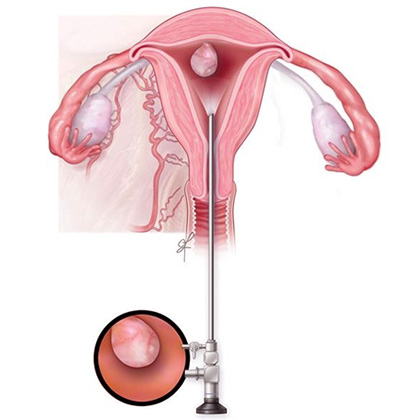
Hysteroscopy
Hysteroscopy is a minimally invasive procedure that allows healthcare providers to examine and treat issues within the uterus. Whether you're experiencing abnormal bleeding, pelvic pain, or have specific concerns about your reproductive health, hysteroscopy offers valuable diagnostic and therapeutic benefits. In this concise overview, we'll cover the basics of what hysteroscopy involves and its common uses.
Procedure Overview
Hysteroscopy involves the insertion of a slender instrument called a hysteroscope through the cervix into the uterus. This instrument, equipped with a light and camera, allows healthcare providers to visually inspect the uterine lining. The procedure can serve both diagnostic and operative purposes, enabling the identification and treatment of conditions such as polyps, fibroids, adhesions, and more. Recovery is typically swift, with minimal discomfort, making hysteroscopy an effective and well-tolerated option for many women.
Aftercare and Considerations
Following hysteroscopy, patients may experience mild cramping and light bleeding, but these symptoms generally subside quickly. It is essential to follow post-procedure care instructions provided by your healthcare provider, which may include resting for a day or two and taking over-the-counter pain relievers if needed. While hysteroscopy is considered safe, potential risks such as infection or bleeding exist, and your healthcare provider will discuss these with you before the procedure. If you have concerns about your reproductive health or are experiencing symptoms, consult with your healthcare provider to determine if hysteroscopy is a suitable option for you.